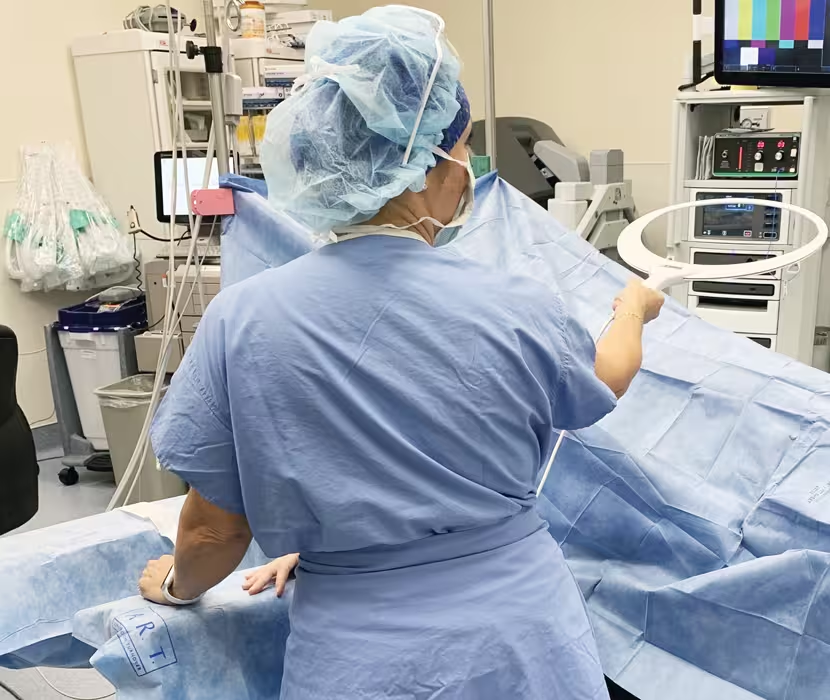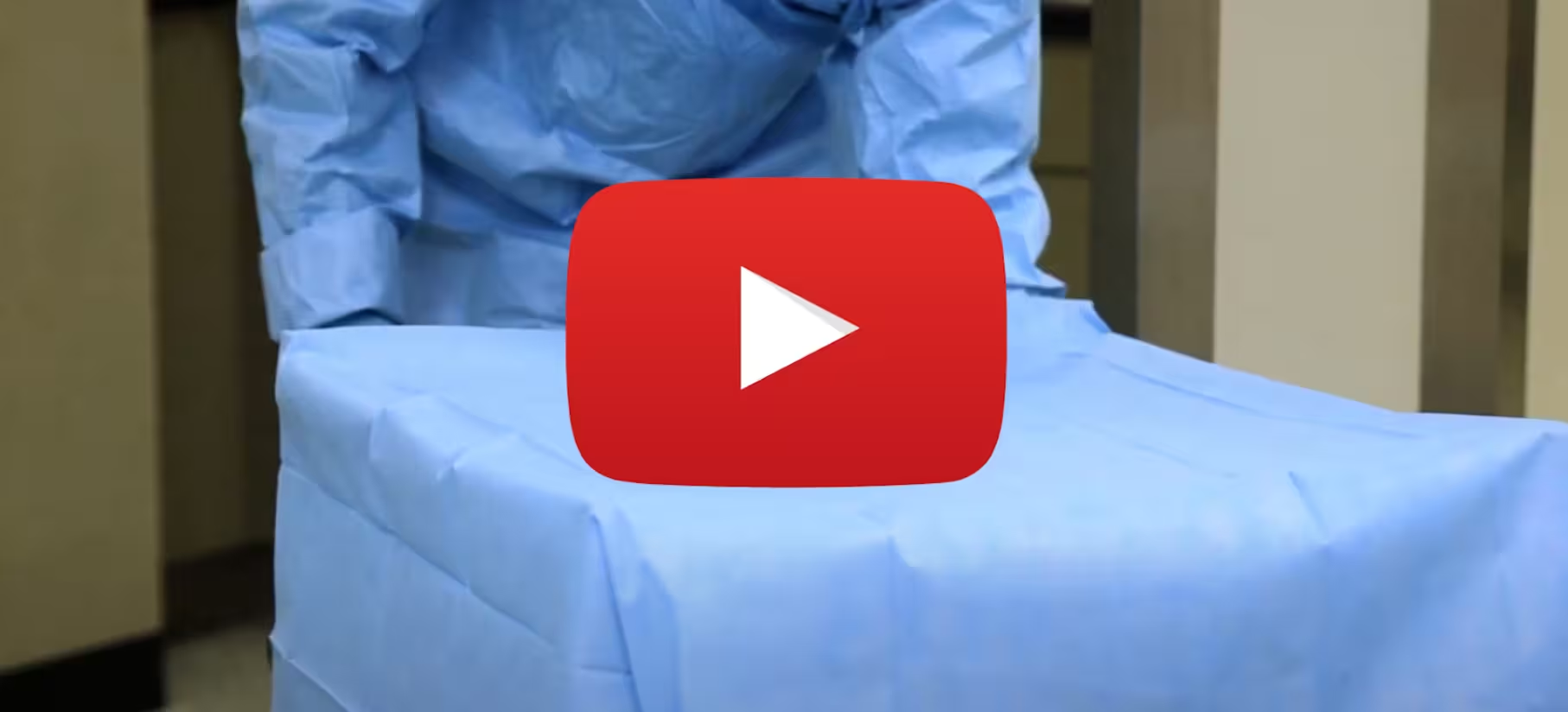
The Six-Figure Risk Hiding in Your Operating Room: Why Surgical Item Organization Matters More Than Ever
Every surgical team's worst nightmare: the moment they realize something is missing from the count. While reports of unintended retained surgical items (URSIs) to The Joint Commission have declined to 88 events in 2022, these preventable incidents continue to represent one of the most serious—and costly—risks facing surgical facilities today.
The True Cost of Counting Errors
When we talk about retained surgical items, we're not just discussing patient safety concerns. The financial impact can be devastating:
- Six-figure direct costs from legal fees, reduced CMS reimbursements, and additional treatment expenses
- Immeasurable indirect costs from reputational damage that can affect patient volumes for years
- Regulatory consequences that can impact accreditation and future reimbursements
According to recent Joint Commission data, 40% of retained item incidents resulted in severe patient harm, while 35% required additional care or extended hospital stays. With sponges accounting for 44% of retained items, the need for systematic organization and counting processes has never been more critical.
The Perfect Storm: When Risk Factors Align
URSIs don't happen in isolation. The Joint Commission identifies a dangerous combination of factors that create the perfect conditions for these preventable events:
High-Risk Procedures:
- Patients with elevated BMI
- Emergency surgeries
- Cases with unexpected clinical changes mid-procedure
- Multiple simultaneous procedures or surgical teams
- Lengthy surgeries with staff turnover
Process Failures:
- Inconsistent counting procedures between teams
- Lack of standardized documentation methods
- Absence of backup verification systems
- Poor communication during shift changes
Cultural Issues:
- Staff reluctance to speak up when counts seem incorrect
- Surgeons leaving before counts are complete
- Fear of retribution for questioning established practices
The Power of Standardization: Real-World Results
Emory St. Joseph's Hospital in Atlanta demonstrates how systematic organization can transform safety outcomes. By standardizing their counting documentation process, they achieved remarkable results:
- 50% reduction in overall incorrect count-related incidents
- 75% decrease in incidents during the first 30 days post-implementation
- Increased staff confidence in counting accuracy through shift changes
Their standardized approach included specific symbols for different counting scenarios:
- Plus signs for newly added items
- Circled numbers for total counts
- Brackets for grouped instruments
- Slashes for missing or incorrect totals
This systematic approach proves that consistent, organized processes aren't just nice to have—they're essential for patient safety and risk mitigation.
Technology as Your Safety Net
The Association of periOperative Registered Nurses (AORN) recently updated its guidelines to recommend adjunct technology to supplement manual counting procedures. Whether through barcode scanning or RFID systems, technology serves as a crucial backup to human processes—but it can't replace the fundamental need for organized, systematic approaches to surgical item management.
The key insight: technology works best when paired with well-organized, consistent processes. Random, cluttered instrument arrangements make even the most sophisticated tracking systems less effective.
Building a Speak-Up Culture Around Organization
One often-overlooked aspect of URSI prevention is creating environments where staff feel comfortable questioning discrepancies. This cultural element directly ties to organization:
- Clear visual organization makes discrepancies more obvious
- Standardized layouts give staff confidence to identify anomalies
- Consistent processes make it easier for team members to spot deviations
When surgical trays are chaotically arranged or inconsistently organized, staff may hesitate to speak up about potential counting errors simply because they can't be certain something is wrong.
The Organizational Imperative
While only an estimated 2% of URSIs are self-reported to The Joint Commission, the actual scope of this problem—and its associated costs—is likely much larger. This makes prevention through systematic organization not just a safety imperative, but a financial one.
Consider the mathematics: if systematic tray organization and counting processes can prevent even one retained item incident, the investment pays for itself many times over. Factor in the improvements to workflow efficiency, staff confidence, and overall surgical operations, and the business case becomes overwhelming.
Your Path Forward
Preventing retained surgical items requires a multi-layered approach:
- Standardize counting processes across all teams and shifts
- Implement consistent tray organization that supports accurate counts
- Invest in adjunct technology that complements systematic processes
- Foster a speak-up culture where staff feel safe questioning discrepancies
- Regularly audit and refine organizational systems based on real-world feedback
The declining trend in URSI reports shows that prevention is possible. Facilities that combine rigorous organization with consistent processes, appropriate technology, and strong safety cultures are successfully protecting both their patients and their bottom lines.
In today's healthcare environment, can your facility afford to leave surgical item organization to chance?
This analysis is based on "The High Cost of Retained Surgical Items" published by AORN (Association of periOperative Registered Nurses). For comprehensive prevention strategies and detailed implementation guidelines, we encourage reading the complete article.
Looking for systematic solutions to surgical tray organization that support accurate counting and enhance patient safety? Discover how Surecount Surgical's innovative approach can help transform your risk profile while improving operational efficiency.




